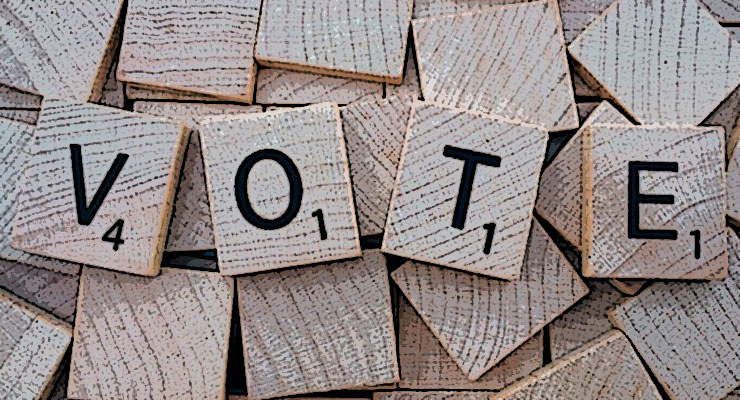
From a recent post on Demos:
Demos estimates that National Voter Registration Act (NVRA) compliance work across nearly 2 dozen states has resulted in more than 3 million new voter registration applications through public assistance agencies covered by Section 7 of the NVRA, as noted in a new report, “Toward a More Representative Electorate.”
Millions of United States citizens find elections more accessible because of the NVRA, which was passed some 25 years ago, but significant hurdles to voting remain. In the November 2016 general election, nearly 1 in 5 people who were eligible to vote but did not cited registration issues as their main reason for not casting a ballot.
The NVRA requires 44 states and the District of Columbia to actively offer voter registration through government agencies like motor vehicle bureaus and departments of health and human services; bans certain onerous state voter-registration policies; and mandates the development and acceptance of mail-in voter registration applications. But a key, and sometimes underestimated, component of the NVRA, Section 7, also requires states to offer clients the opportunity to register to vote through agencies serving households with low incomes and people with disabilities, when they apply or recertify for benefits and when they change their address.
Agency-based registration has proved vital for millions who might otherwise have faced significant barriers to register to vote. “Voting is a fundamental democratic right. Yet voter registration procedures can make access to the ballot unnecessarily difficult for many, contributing to inequities in political participation, with low-income people and people with disabilities losing out,” said Laura Williamson, Demos policy analyst. “As our work shows, making voter registration accessible through human service agencies under the National Voter Registration Act is an important way to bring more eligible people into the political process and thereby strengthen our democracy.”
Demos and ally organizations have worked to assess and improve compliance with the NVRA through collaboration with election administrators and state-based partners, advocacy, and, when necessary, litigation.
Leave a Reply